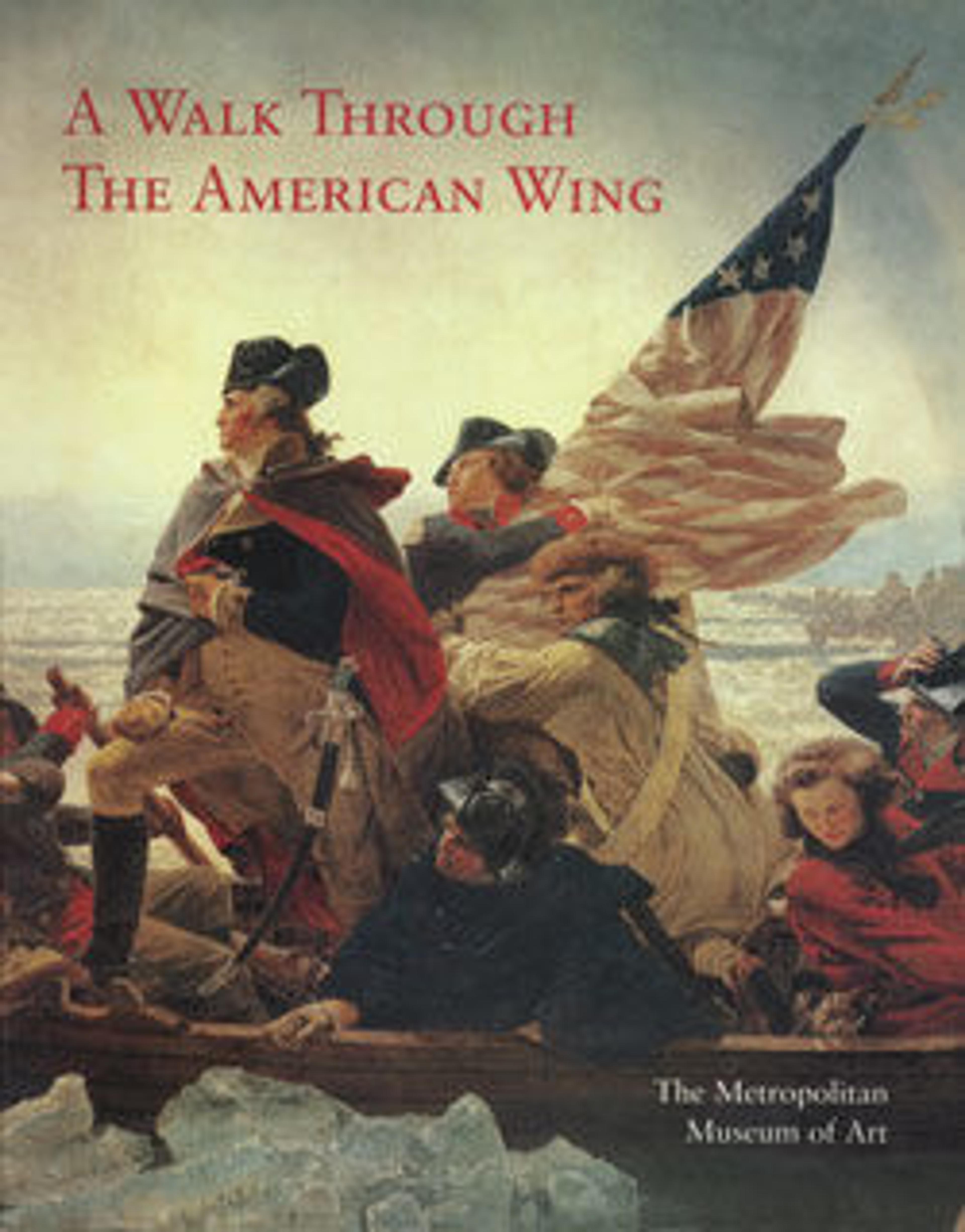Side Chair
In the early nineteenth century, no form of ancient furniture was imitated as successfully as the Greek klismos. Known through its depiction on Greek vases and fragments of relief-carved marbles, the chair is distinguished by its spare, elegant lines and sweeping, curved rear stiles surmounted by a broad, deeply curved tablet. Reflecting on the perfection of Greek works of art in 1812, the British furniture designer George Smith wrote that every attention “was evidently given to produce a flowing and correct outline; and so to arrange the parts in masses, that the whole should appear clear and distinct . . . and it is this happy relief, this rejection of little parts, that gives their works so chaste and pleasing an effect.” At their best, nineteenth century American klismos chairs strive for such perfection. This beautiful red-and-black chair with Greek key decoration on the seat rail is among the earliest and finest surviving American klismos chairs. Benjamin Henry Latrobe, the architect of the United States Capitol, designed the chair in 1808 as part of a large drawing room suite for the Philadelphia merchant William Waln, active in the China trade.
Artwork Details
- Title: Side Chair
- Designer: Benjamin Henry Latrobe (American (born England), Fulneck, Yorkshire 1764–1820 New Orleans, Louisiana)
- Maker: John Aitken (American, ca. 1760/65–1839)
- Decorator: George Bridport (American, 1783–1819)
- Date: ca. 1808
- Geography: Made in Philadelphia, Pennsylvania, United States
- Culture: American
- Medium: Yellow poplar, oak, maple, white pine, gold leaf, and gesso
- Dimensions: 34 1/2 x 19 3/4 x 19 1/2 in. (87.6 x 50.2 x 49.5 cm)
- Credit Line: Purchase, Mrs. Paul Moore Gift, by exchange, 1994
- Object Number: 1994.189
- Curatorial Department: The American Wing
More Artwork
Research Resources
The Met provides unparalleled resources for research and welcomes an international community of students and scholars. The Met's Open Access API is where creators and researchers can connect to the The Met collection. Open Access data and public domain images are available for unrestricted commercial and noncommercial use without permission or fee.
To request images under copyright and other restrictions, please use this Image Request form.
Feedback
We continue to research and examine historical and cultural context for objects in The Met collection. If you have comments or questions about this object record, please complete and submit this form. The Museum looks forward to receiving your comments.
